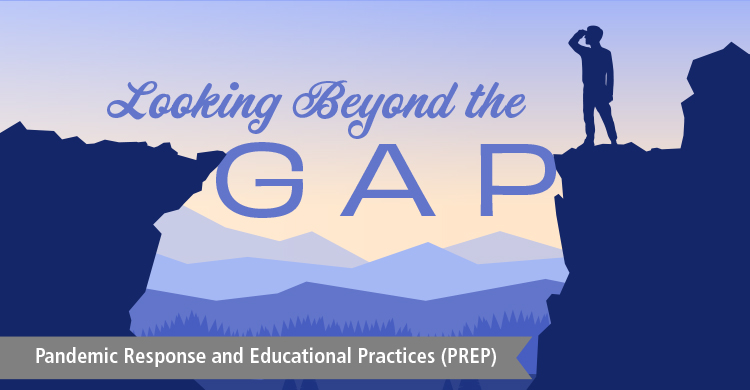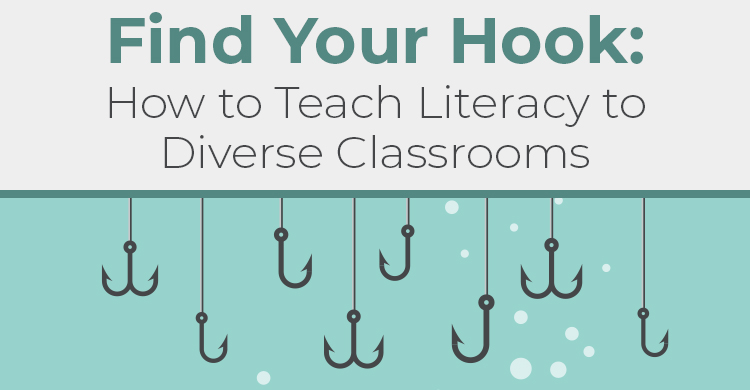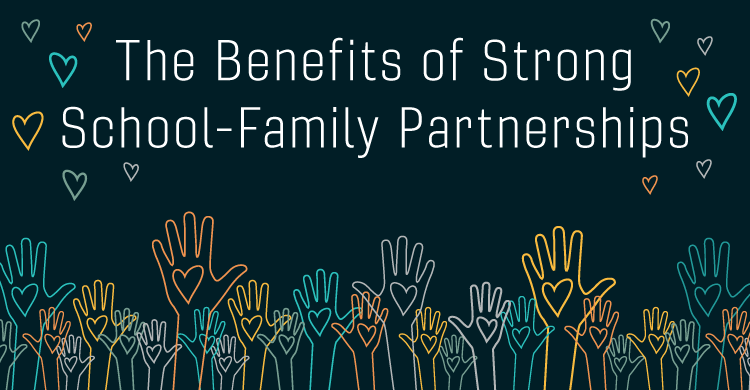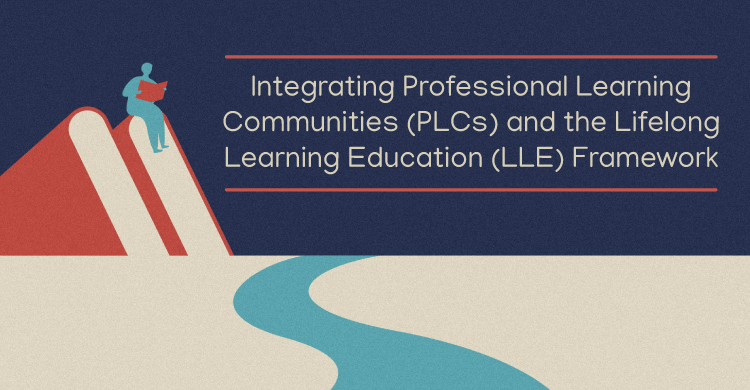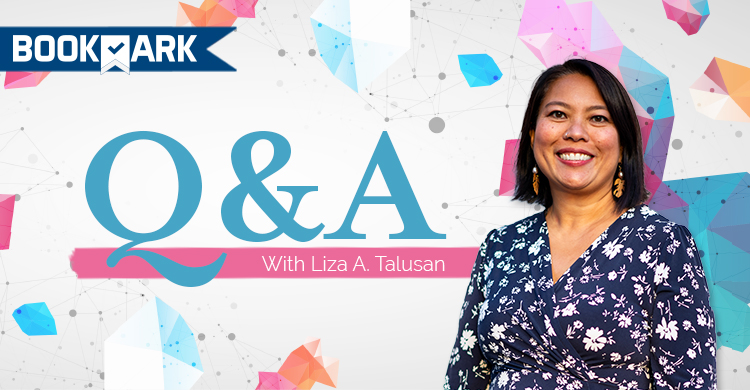This entry is the 11th in a blog series called Pandemic Response and Educational Practices (PREP), which aims to highlight and further the important work educators are doing amid the worldwide COVID-19 crisis.
“…he had already learned that exceptional performance in anything is based around something exceptional in the need to do it in the first place.”
—Christopher Waters, Detective Inspector; lead character in On Eden Street: A Kings Lake Investigation (2020) by Peter Grainger
When I’m not reading and being inspired by the recent book by Mike Mattos (he writes one every week, doesn’t he?), I enjoy a wide variety of genres, including mystery series like the one referenced above. When I read this specific quote, I was struck by how this statement captures our current reality—exceptional needs calling schools and teams to exceptional performance.
Exceptional is defined as unusual, or not typical. Similar terms and phrases include uncommon, unprecedented, rare, unexpected, abnormal, out of the ordinary, surprising, different, and uncertain. It is an understatement to say that these are exceptional times. As Detective Inspector Christopher Waters observes in the quote above, the work ahead in our schools includes exceptional needs and will require exceptional performance from all of us.
As the exceptional final quarter of the 2019–20 school year comes to a close, how do we shift our focus from merely “filling the gap” to planning for an exceptional start to the 2020-21 school year?
First, we must shift our mindset regarding the term “exceptional.” Exceptional is also defined as remarkable, outstanding, special, phenomenal, stellar, unparalleled, and top-notch. This is what we are being called to do—whether we asked for it or not.
Granted, the “gap” has created needs (for students and staff) that are well-aligned with the first definition of exceptional—uncertain and out of the ordinary; however, for our students and for each other, we must shift our mindset to the second definition and establish a clear and compelling plan for a special, extraordinary and outstanding start to the 2020-21 school year.
The ABCs of Looking Beyond the Gap
The following is a simple model to begin this shift:
- Acknowledge the Gap
- Begin with the Beginning in Mind
- Certain vs. Uncertain
A. Acknowledge the Gap
“If I had an hour to solve a problem, I’d spend 55 minutes thinking about the problem and 5 minutes thinking about solutions.” —Albert Einstein
I have found two extremes in schools and districts during this gap: First, the sole focus is on filling the gap—ensuring teachers, students and families have access to an abundance of resources, from hard-copy packets to web-based tools—to ensure all stakeholders have something to do. Links on the district and school website are updated daily, while teams attempt to document who has/has not accessed the resources provided.
Most admit that the approach lacks accountability and a real ability to measure the impact on learning, while also affirming a predictable pattern of who is and is not engaged (mirroring life when school was in session). The goal of communicating and sharing things to do is met; however, monitoring the difference being made is limited.
Second, some schools and districts accept the gap as “something we will have to deal with” and proceed with their traditional planning (staffing, budgeting, scheduling) based on life before the gap. Both models are understandable in these exceptional times; however, both are short-sighted and ignore the critical need for teams to acknowledge, process and plan for a post-gap, new normal.
A Productive and Purposeful Process for Acknowledging the Gap
The challenge we face in acknowledging and defining the gap is to do so in a way that produces a clear, compelling, and focused plan—propelling us forward while not holding us back in an overwhelmed state of anxiety.
Another version of the Einstein quote above states: “If I had an hour to solve a problem, I would spend 55 minutes determining the proper question to ask, for once I know the proper question, I could solve the problem in less than 5 minutes.”
What then, are the proper questions we should ask? What questions will frame our conversation to focus on what is absolutely essential and on topics we can control and plan for?
Acknowledging the Gap: Guiding Questions
- How has this “Gap” (in attending, teaching, learning, connecting, being supported, being held accountable) impacted our School? Students? Staff? How do we know?
- What have we learned during the gap (about our students, our team, our practices)?
- Because of the Gap Impact, what will our students need from us and what will we need to plan for (that we normally wouldn’t need to plan for)?
- Because of the Gap Impact, what will we need in order to meet the “enhanced” needs of our kids?
- Based on the answers from Question 1-3, what resources (our people, our time, our budget, our schedule/structures) do we have that can be repurposed to proactively address the Gap Impacts?
- What can we do now in order to be better prepared when we return? What are the essential actions and products all teams should be focused on?
- Based on these priorities, how should we schedule our time together when we return (before students return)?
- What consistent, confident, and encouraging messages do our students, staff and families need to hear from us?
These questions can be addressed initially with your leadership team, virtually, via email, staff surveys, etc. The goal is to engage the entire team in a therapeutic and meaningful acknowledgement of concerns caused by the gap, while shifting the energy to a “so what, now what?” mentality.
B. Begin with the Beginning in Mind
Taking a different look at the famous Steven Covey mantra, “begin with the end in mind,” how can we work together to develop an intentional, phased approach with an emphasis on an exceptional start to 2020-21?
After engaging teams in acknowledging and defining the gap, we need to shift to an action-oriented mindset—otherwise, all we will have done is merely create a list of things we all need to worry about. As Rick DuFour acknowledged in his inspiring video Passion and Persistence, simply creating a list of our shared concerns is like a rocking chair—it gives us something to do, but it doesn’t get us anywhere.
Begin with the Beginning in Mind: Guiding Questions
Based on our collective responses regarding the gap:
- What do we want/need to have in place on the first day of the 2020-2021 school year? What does the day need to look like, sound like, and feel like? Why?
- How will this be different than our traditional back-to-school routines? What needs to be done school-wide? What needs to be done by teams? What needs to be done in each classroom? Why?
- How do we want our students to feel on and after the first day of school? Why? How will we know?
- Based on this vision for our first day, what do we need to focus our time together on before students return?
- What is the most essential evidence we must collect during the first week of school (that we can review together)? What do we need to know about every student and how can we collect this essential information in a way that is timely and actionable?
- How do we intentionally plan for addressing the social and emotional needs caused by the gap? How will we purposefully support staff and students as they transition to structure, routines, and expectations? How will we affirm our care and concern for their health, safety, and emotional well-being?
- What and who do we already have in place to address these shared goals?
- What and who do we have on our team that we should consider “repurposing” to a more timely, relevant need?
- If we have a dedicated intervention time, how can we use this time to proactively address and/or assess the needs caused by the gap? For example, to support the transition, connection and relationship needs of students, could the first week of intervention time allow for students to work with their teachers from 2019-20?
- How will we provide an “all hands on deck” approach to proactively support our students who were already receiving intensive support (academic and/or behavioral)?
C. Certain vs. Uncertain
Uncertain, defined: To be uncertain is to be unsure of something. Also, uncertain things are undecided, unknown, or doubtful in some way. If you’re certain of something, you’re sure of it.
It is both overwhelming and unreasonable to think we can or should address all the uncertainties caused by the gap. While this process calls for acknowledging the exceptional needs caused by the gap, we cannot allow ourselves to focus on the uncertain variables we have no control over. It is critical that we focus on what we know, not what we don’t know. What about our work will remain unchanged, regardless of our schedule, our budget, and our delivery model? This is where we start our exceptional work—on what we know, and what is certain.
Certain vs. Uncertain: Guiding Questions: What are we sure of?
About our Students?
- When school closed, what did we know about our students? What evidence do we have about what they had and had not learned?
- Which students were receiving intensive support? What essential skills were being addressed? Were the interventions working?
- Which students continually exceeded the standard in academics and behavior?
- Which students were struggling due to behavior? Attendance?
- Which students were/were not engaged during our distance-learning model?
About Our Teams?
- Which essential skills were not taught/assessed?
- What data was collected during distance learning?
- Were our interventions working?
- Do we have tools to quickly screen students for essential prerequisite skills?
- Do we use our team time effectively and for the most essential teaching/learning topics?
About Our School?
- Do we have dedicated time before school starts to work together as a school and as teams?
- Have we defined the essential work of teams (agreed upon products and practices)? Do we have clear, compelling common language and collective commitments about our work together?
- Does our schedule have dedicated time for intervention/enrichment?
- Do we have an intervention team that assumes responsibility for our most intensive students and will proactively plan for immediate support when we return?
- What school-wide data do we have (academic, behavior, attendance) that we should access to plan school-wide, vertically, and within teams?
Our Shared Certainty: The Framework for Professional Learning Communities
The good news: Your strength in building exceptional schools and teams lies in the work you are already doing as a professional learning community. Unlike most well-intended (and not that popular) back-to-school plans, we need to focus less on change and doing something different (aka “annual initiatives”), and focus more on going deeper, getting stronger, and becoming better at how we use our time together.
Disclaimer: A “loose” use and overuse of the acronym “PLC” is not enough. Exceptional schools and teams know, embrace, and commit to a common, proven framework to drive their decisions, guide the work of their teams, establish shared goals, intentionally monitor their impact, and produce a culture of collective responsibility. This framework provides a foundation of certainty and the clarity and confidence teams need when called to fill the gap of uncertainty.
The Fantastic Four of Exceptional Schools and Teams: Of This, We Are Certain
- One Fundamental Purpose: We exist as a school and a team to ensure high levels of learning for all students (all students proficient in grade level/subject essential standards and essential behaviors).
- Two Core Beliefs:
- We believe all students are capable of learning at high levels.
- We believe we have the capacity and the responsibility to ensure all students learn at high levels.
- Three Big Ideas of a Professional Learning Community
- Focus on Learning
- Collaborative Culture with a Focus on Learning for All
- Focus on Results (Facts, Not Feelings)
- Four Critical Questions: The Sacred Work of Teams
- What do we want students to know and be able to do?
- How will we know if they know it?
- What will we do if they don’t learn it?
- What will we do if they do know it?
Looking beyond the Gap: What do we see?
“There’s a gap between where you are and where you want to be. Many gaps, in fact, but imagine just one. That gap, is it fuel? Are you using it like a vacuum, to pull you along, to inspire you to find new methods, to dance with the fear? Or is it more like a moat, a forbidding space between you and the future?”
—Seth Godin, Seth’s Blog
The “ABC” process above will provide a meaningful process for defining the gap and developing a focused plan regardless of the lingering uncertainties. The gap we are facing is daunting and requires more than a modified back-to-school “to-do” list. The work ahead must be fueled by a clear and compelling picture of the school we aspire and need to be.
Beyond the traditional vision statement, now more than ever we need an image of our future that is bigger than the gap; one that inspires us to build, create, try, and try again. I often use the above quote from Seth Godin to not only rethink how we look at “gaps,” but to also encourage us to focus less on the gap and more on what is on the other side.
As a huge Disney fan who raised two princesses, I use the following imagery to affirm the need for a shared vision that provides a sense of purpose, unifies, rallies, and generates exceptional teamwork:
When you enter the Magic Kingdom and look down Main Street U.S.A. (the happiest street on earth), what do you see? The castle! As you approach the castle, what do you notice around the castle? A moat. A gap. Yet, what called you to this place was not the moat. It was the castle.
Here’s the point: It’s not about the moat. It’s about the castle. Often our attention, time and emotion is focused solely on the moat. We become obsessed with the moat and the label the moat places on our school and our students. We analyze the moat, assess how deep it is, try to figure out what and who caused the moat (and occasionally identify who we would like to push into the moat)!
What if every meeting about the moat/gap began with an enthusiastic discussion of the castle—the place we want to be, why we want to be there, and what it will feel like for us and our students when we get there? This is the fuel for our work—an exciting and inspiring image of the place we’re going—together. When we focus on the gap, we vent together. When we focus on the castle, we invent together. We build bridges, swings, boats, and catapults not because there’s a gap; we create and innovate because we know what’s waiting for us and our kids on the other side.
Looking Beyond the Gap: Guiding Questions:
- What’s our castle?
- Do we have a compelling picture of the school we aspire to be? Does the image produce emotions that are deeper and stronger than the gaps we are facing?
- Does our vision inspire us and fuel our plans, actions, and decisions?
- Do we regularly and intentionally reference our vision? Does it drive what we celebrate, monitor, and confront?
Your Exceptional Story: Beyond the Gap
“Stories are the fuel for innovation. If you want to help people embrace a new narrative, the best way is to create that new narrative together. What is the story of your school or organization? Not just the story of the past, but what is the story you will write together in the future?” —Daniel Pink
The Pixar Pitch (referenced by Daniel Pink: Pinkcast 2.23: This is how to pitch your idea like a Pixar producer) is the structure used by writers at Pixar when pitching their story ideas. Below is a simple exercise using the same structure to engage your entire team in writing your “after the gap” story—before you plan for how to make the story come alive.
- Begin the exercise with a quote or clip (such as the Pinkcast referenced above) that affirms the power and purpose of a shared vision (not a vision statement, rather a mantra, motto, slogan, or creed).
- Give each team a copy of the Pixar Pitch template below.
- Give each team no more than 5 minutes to fill-in the blanks and inform them that all teams will be asked to share their “pitch” with the entire team.
Once upon a time there was ________________________.
Every day, ___________________________________________________.
One day, ___________________________________________________.
Because of that, ___________________________________________________.
Because of that, ___________________________________________________.
Until finally… ___________________________________________________.
While this protocol consistently promotes creativity, humor and positive energy, the most powerful, insightful, and moving statements come from the final line: Until, finally. The first five lines acknowledge and define the gap—the what of the story. The last line—Until, finally…—looks beyond the gap: the why behind the story, the ultimate destination we are working so hard to reach.
What can you do today to begin looking beyond the gap?
[author_bio id=”94″]


